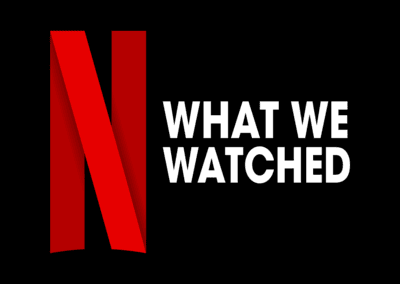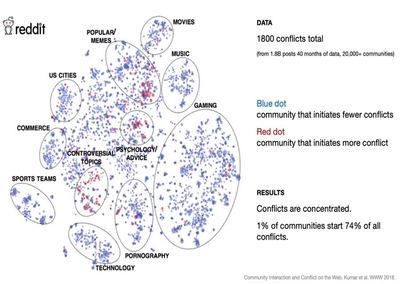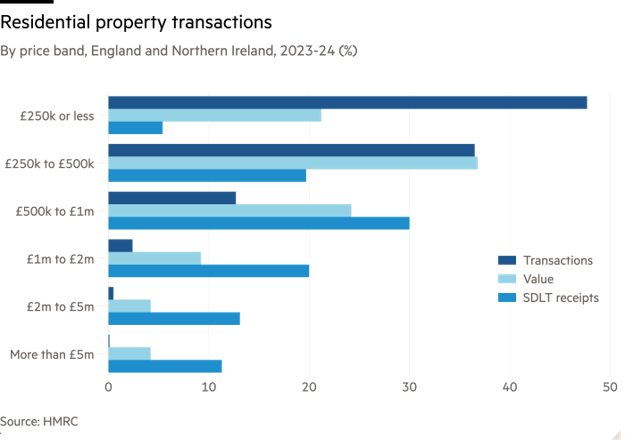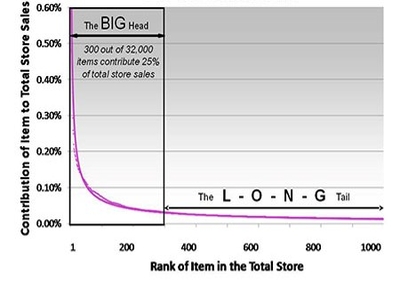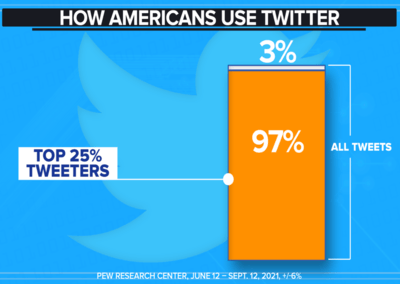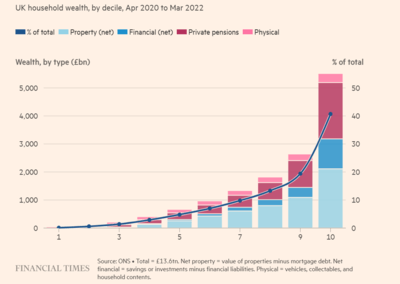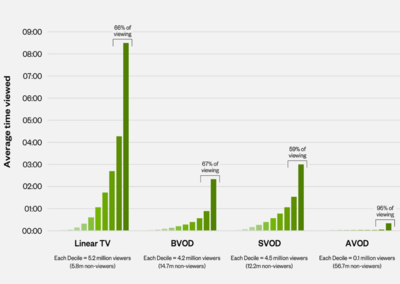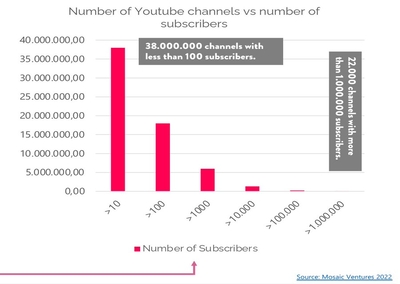Netflix shows are not made equal. As the company’s recent viewing report states, “the top 1 percent of titles accounted for about 22.32 billion hours of viewing, almost 24 percent of the total. The top 10 percent brought in 68 percent of all viewing – 64.16 billion hours.”
Power laws in the wild
A lot do a little and a little do a lot – and a reminder that averages are often meaningless.
OnlyFans pays out $7 billion to its content creators, but the split is far from even. The top 1% of accounts make 33% of all the money and the top 10% of accounts make 73%.
1% of Reddit communities start 74% of all conflicts. As Ethan Decker puts it, “most people, most of the time, are mostly good.” It’s also a reminder that opinions on social media don’t reflect the general population.
Only 2% of Spotify artists earn more than $1k a year.
Homes priced at £1mn or more only make up 5 per cent of total residential transactions across the UK, but they account for nearly half the stamp duty collected.
Big supermarkets sell over 40,000 products, but they’re not made the same: the top 300 account for 25% of sales. (If you’re interested, bananas and milk are usually bought most often).
97% of tweets come from one quarter of all accounts.
The richest tenth of UK households holds over 40% of wealth (though income is distributed more evenly).
Across all types of video watching, some people watch a lot and a lot watch a little.
On YouTube, fame is not the norm: a tiny proportion of channels (<1%) have more than a million subscribers.

